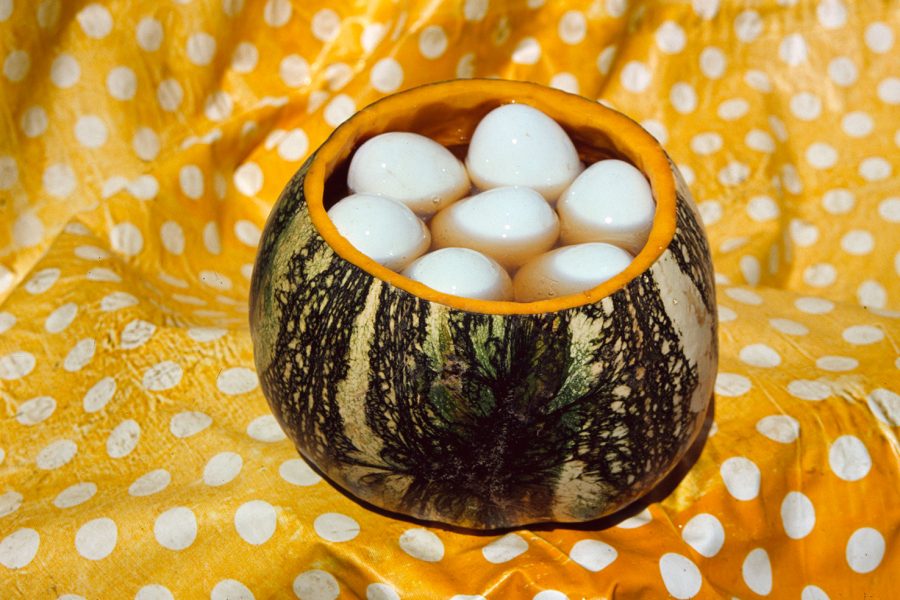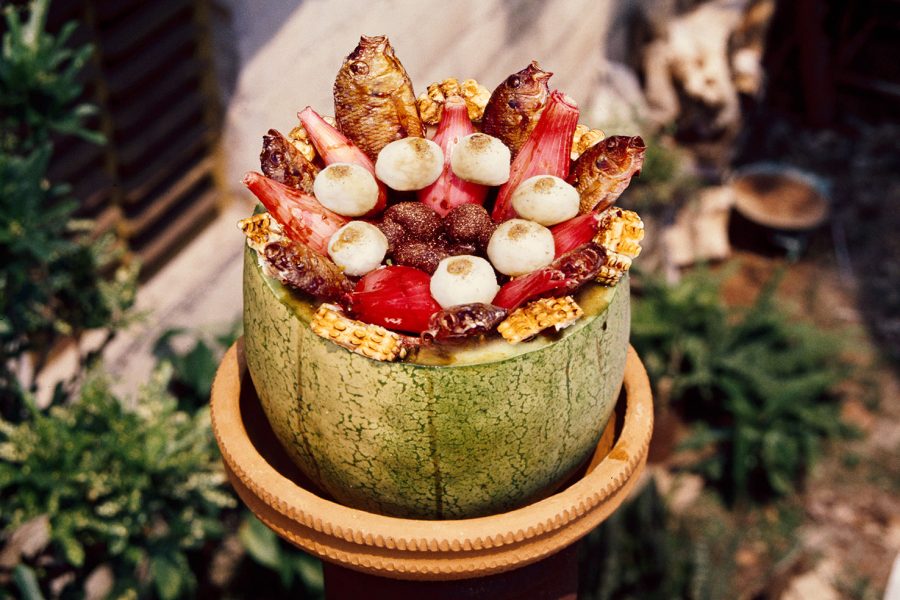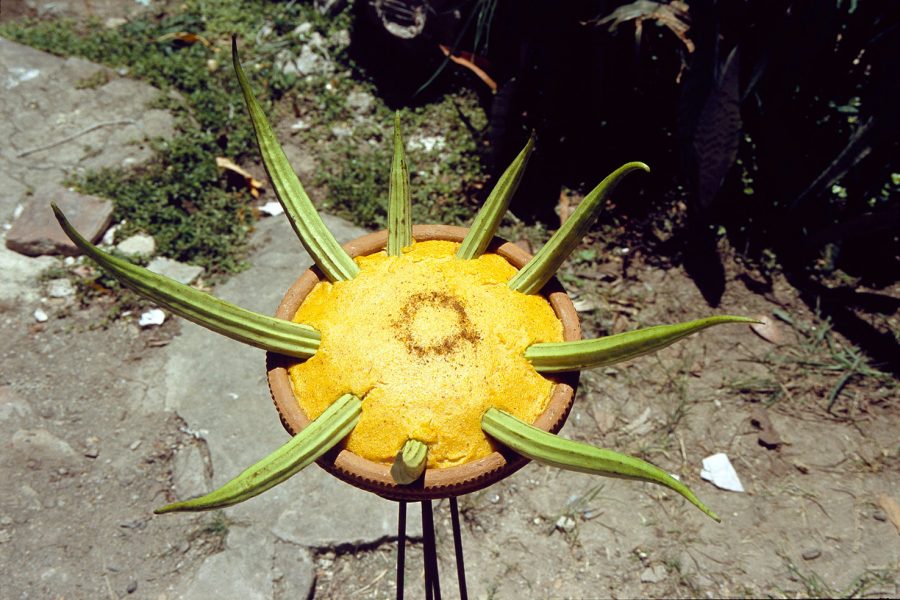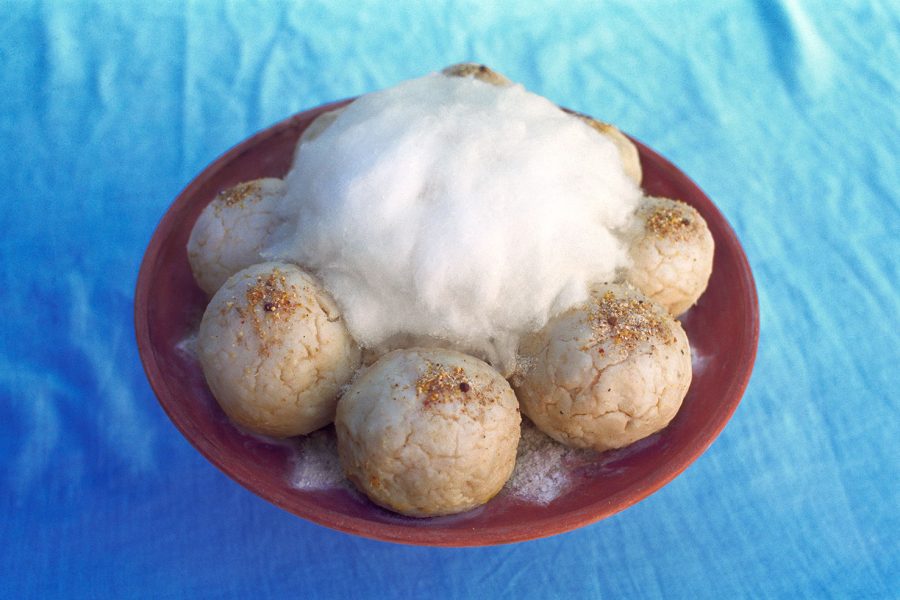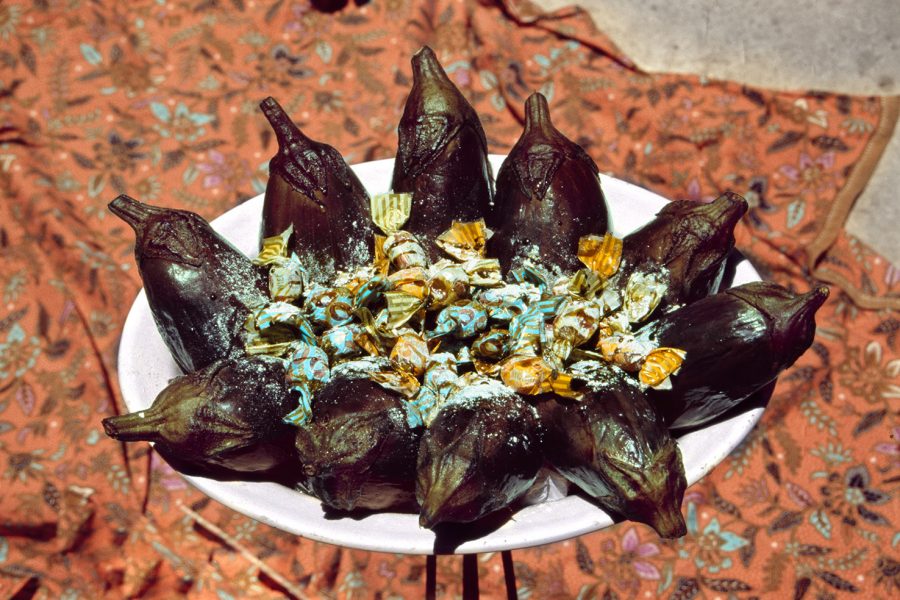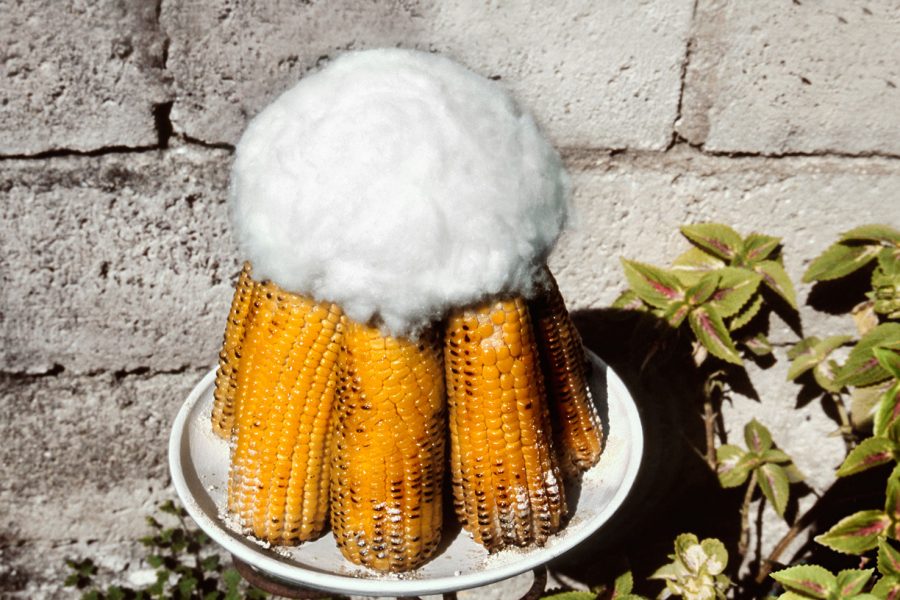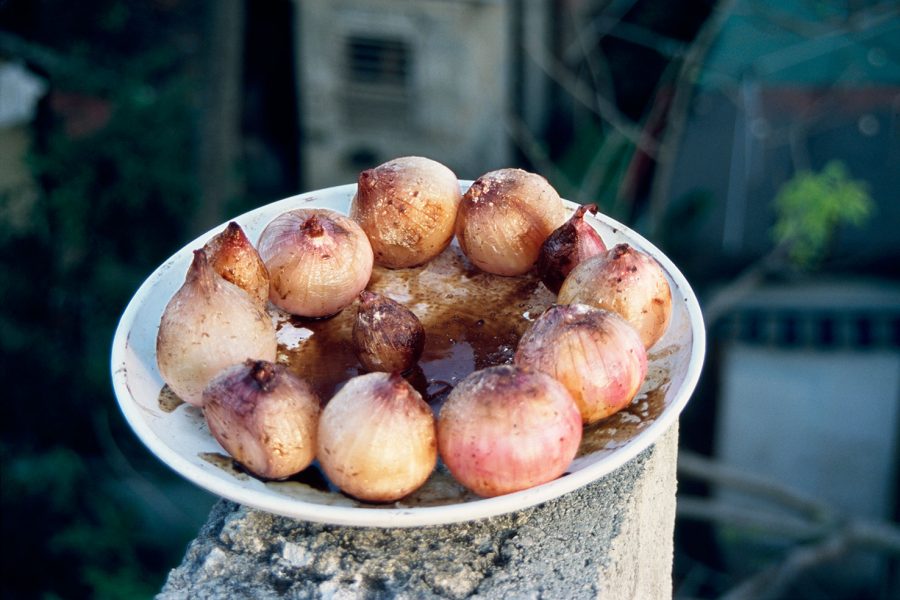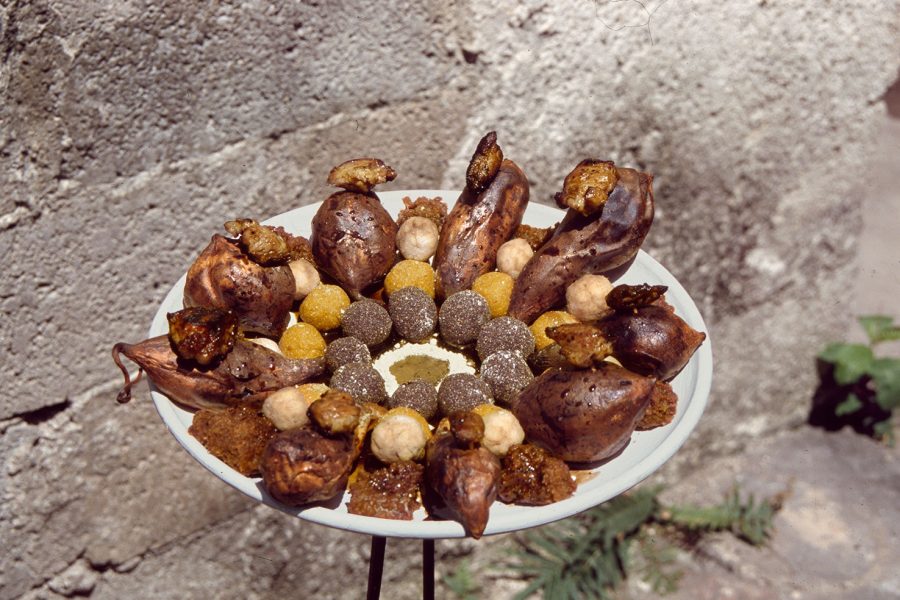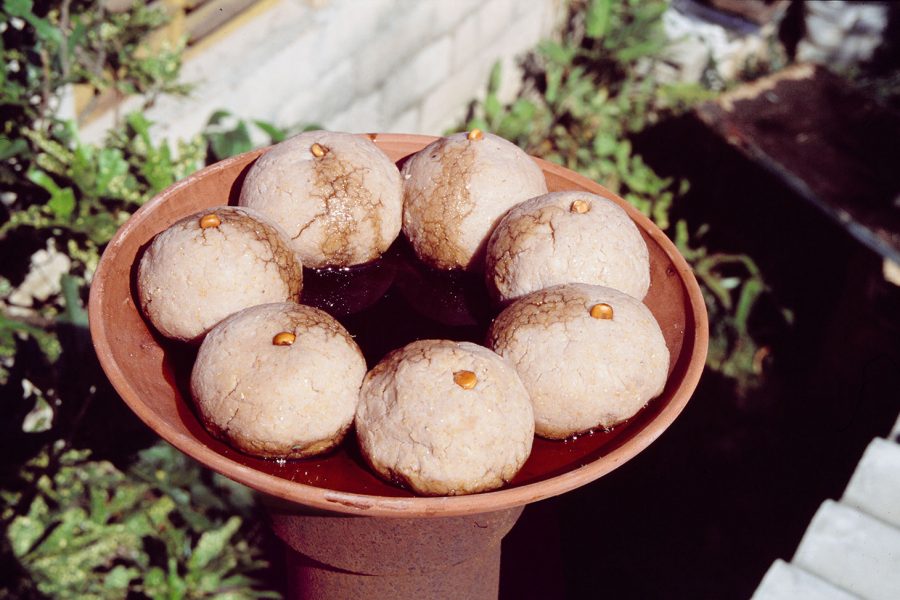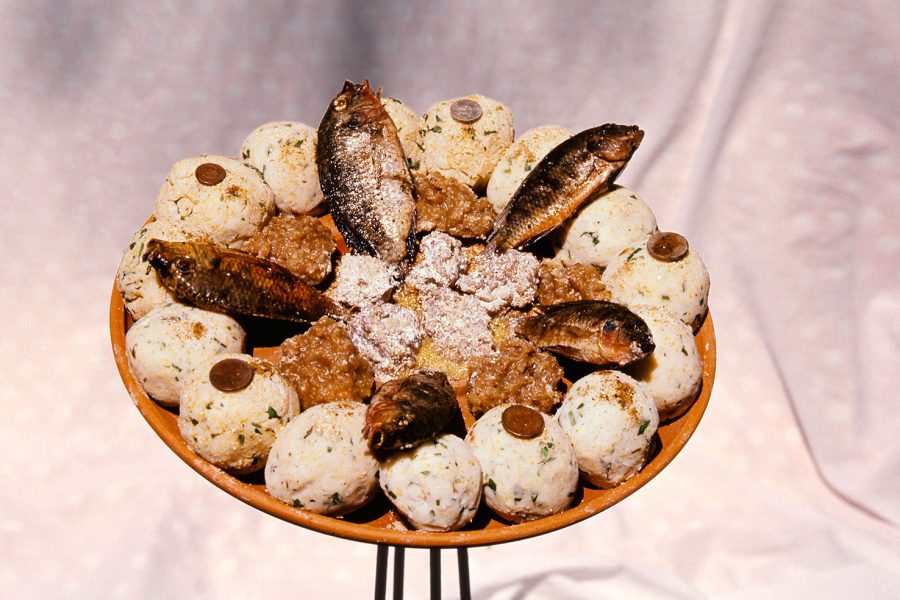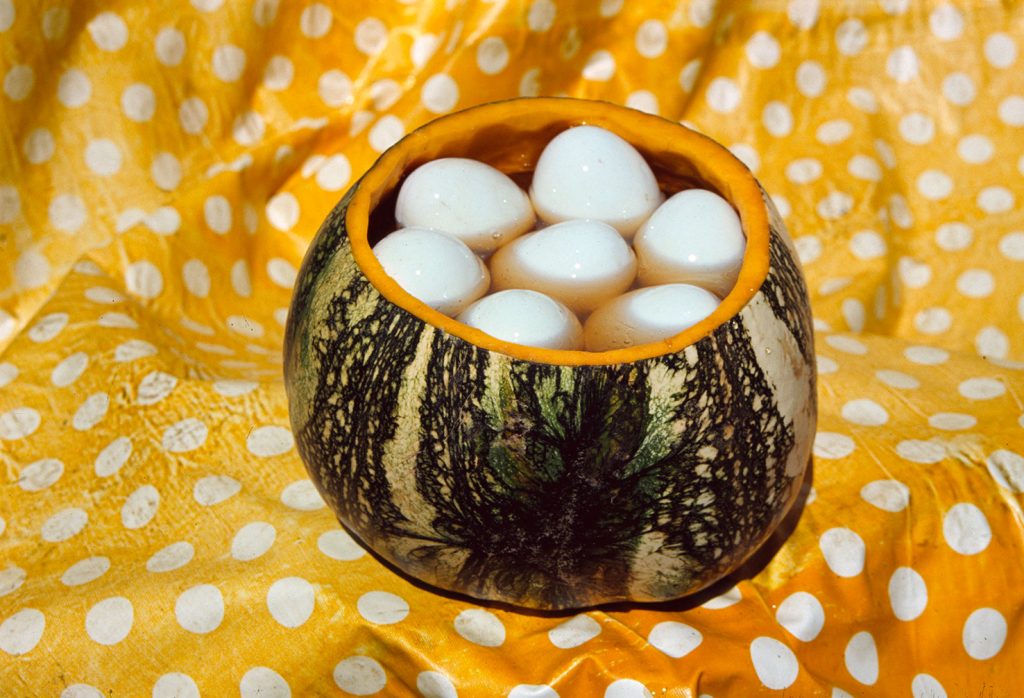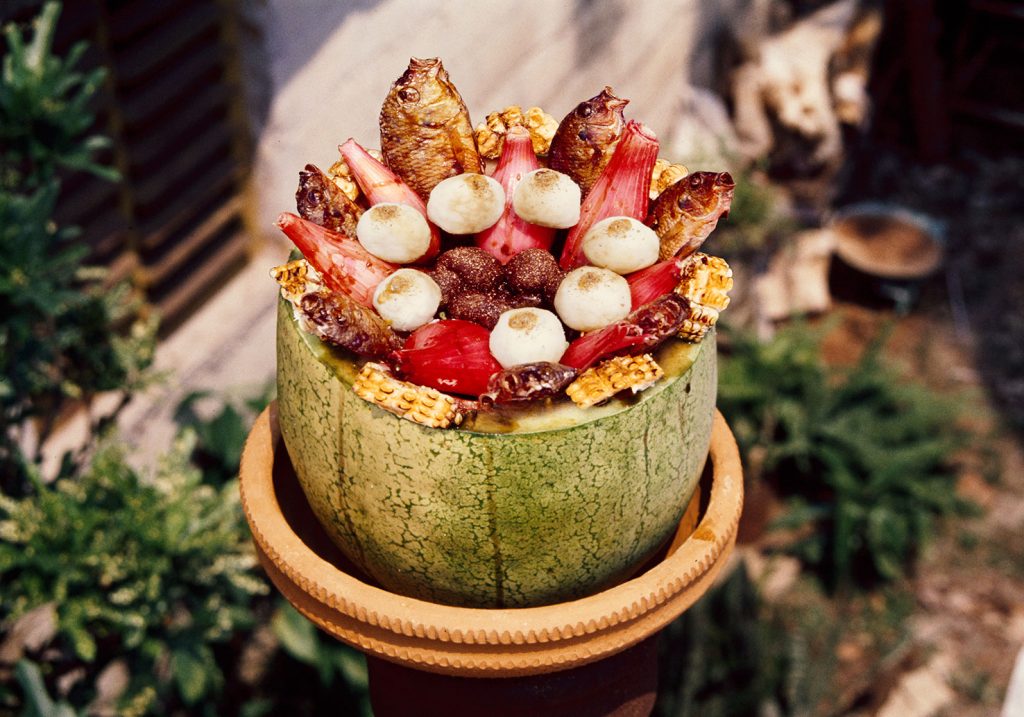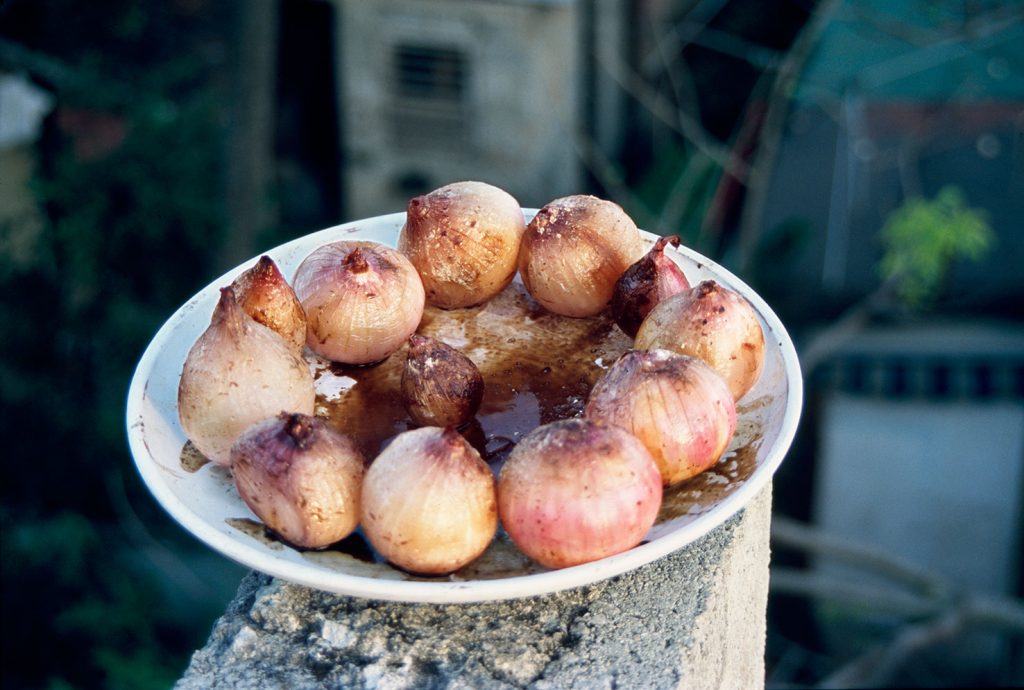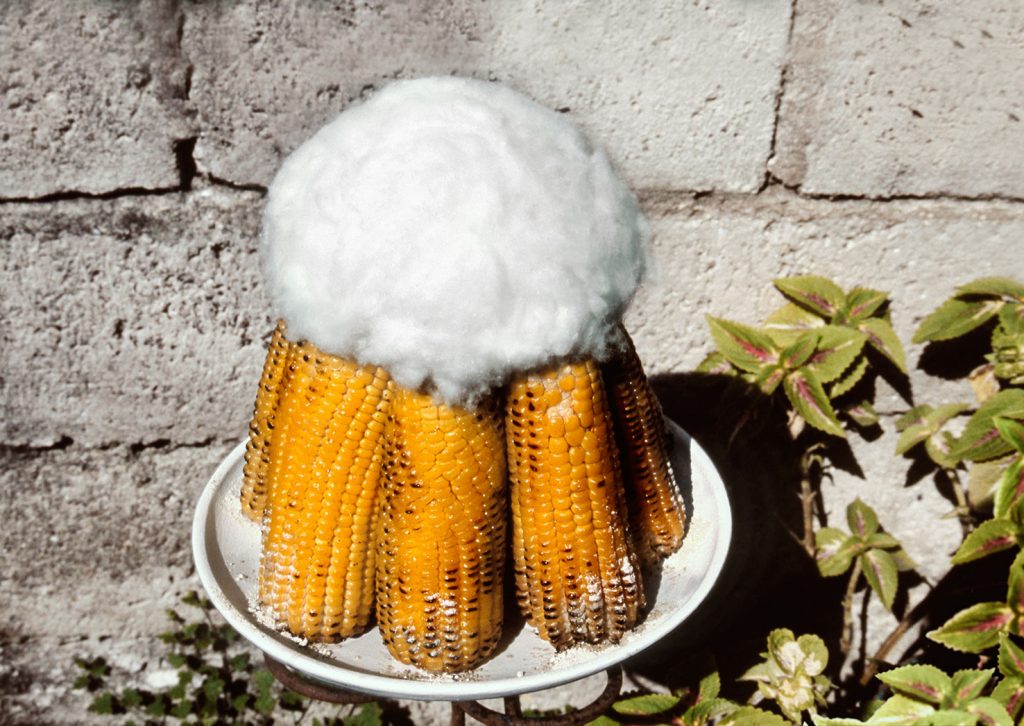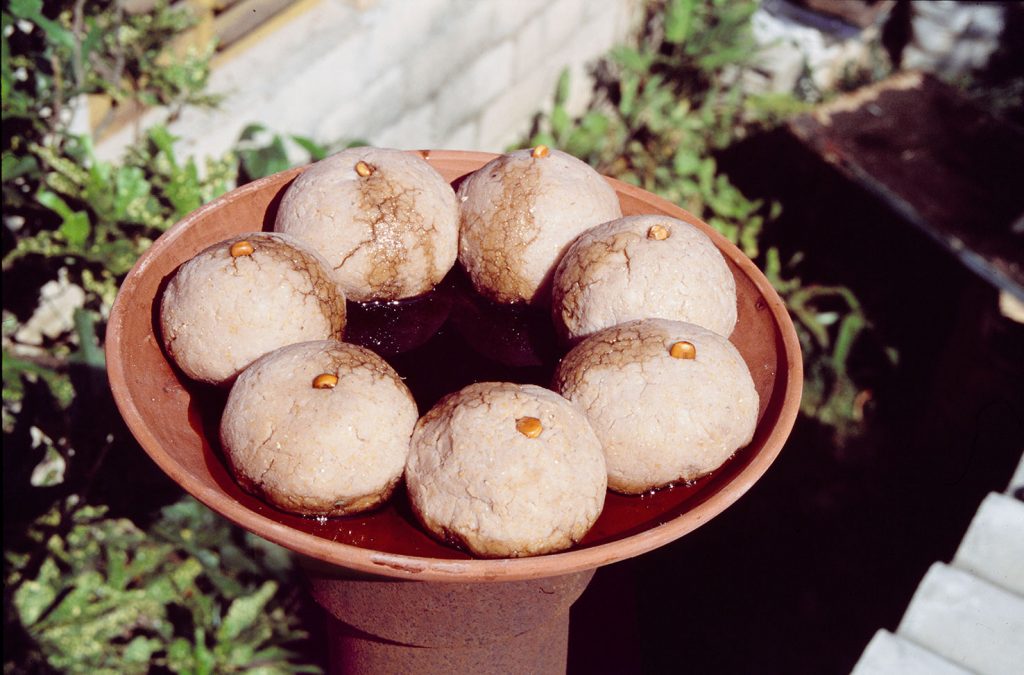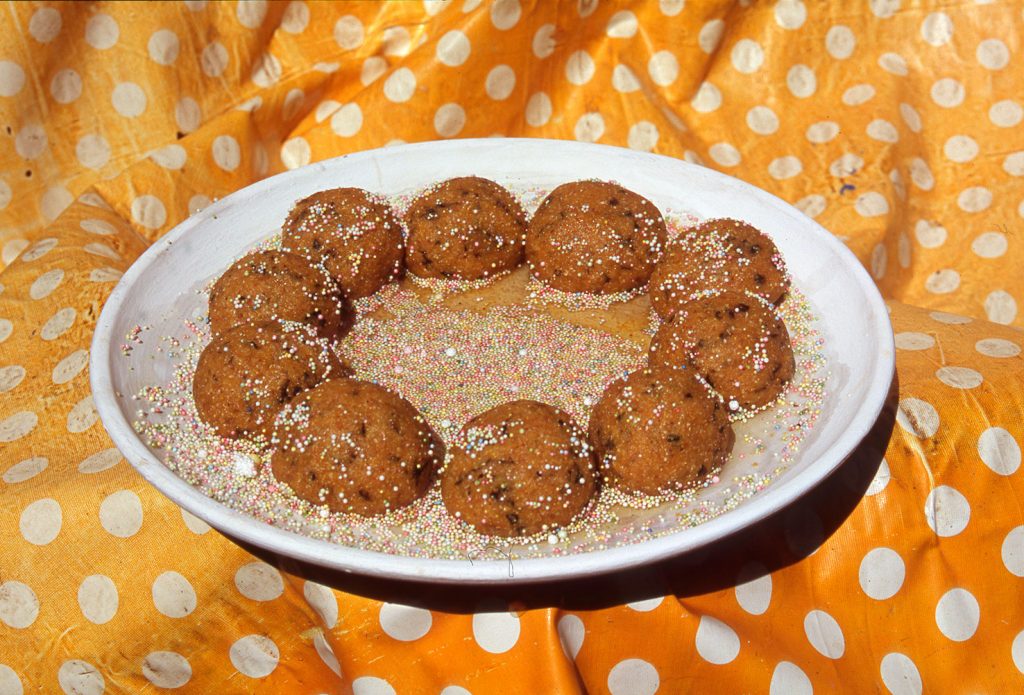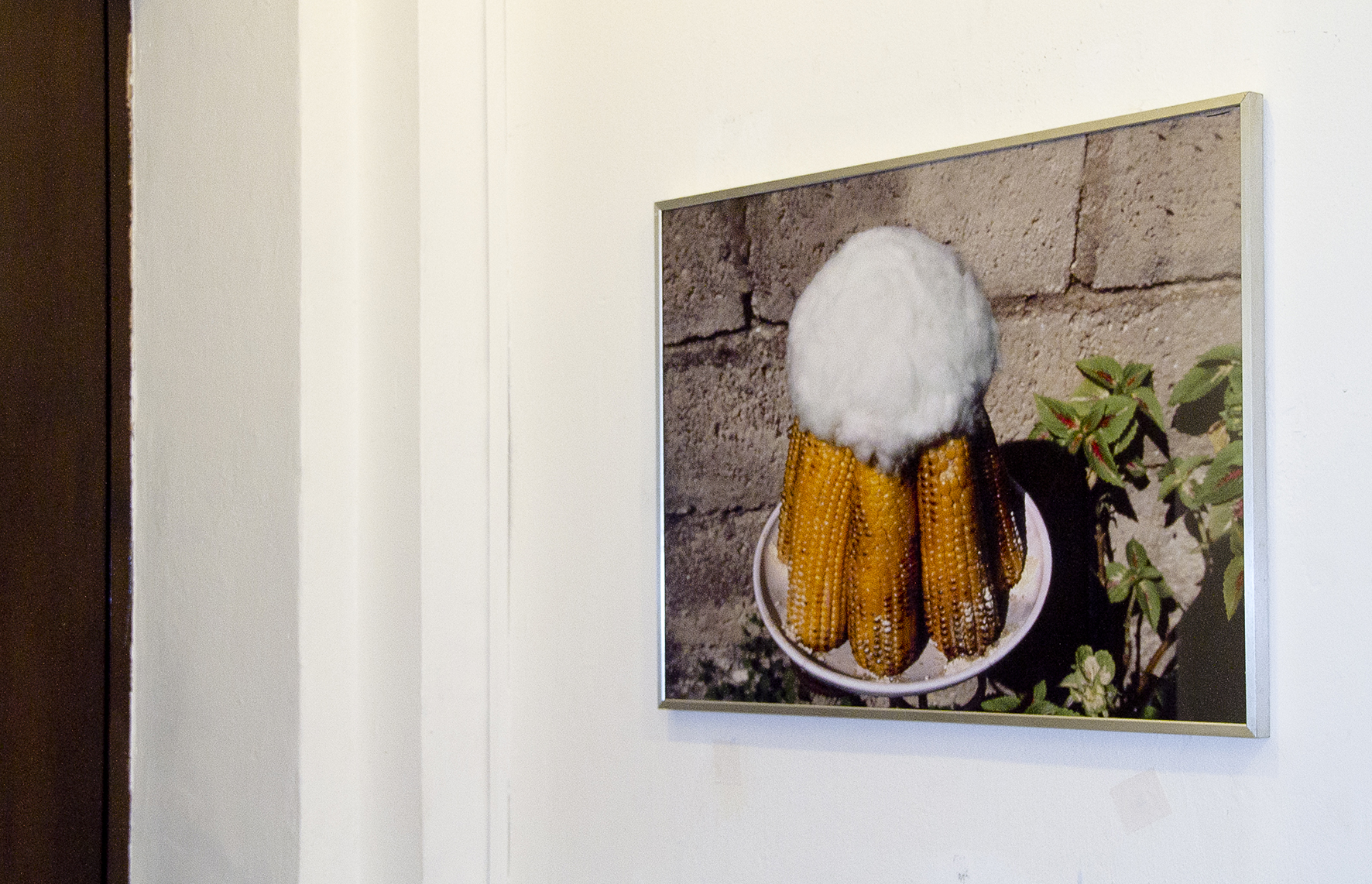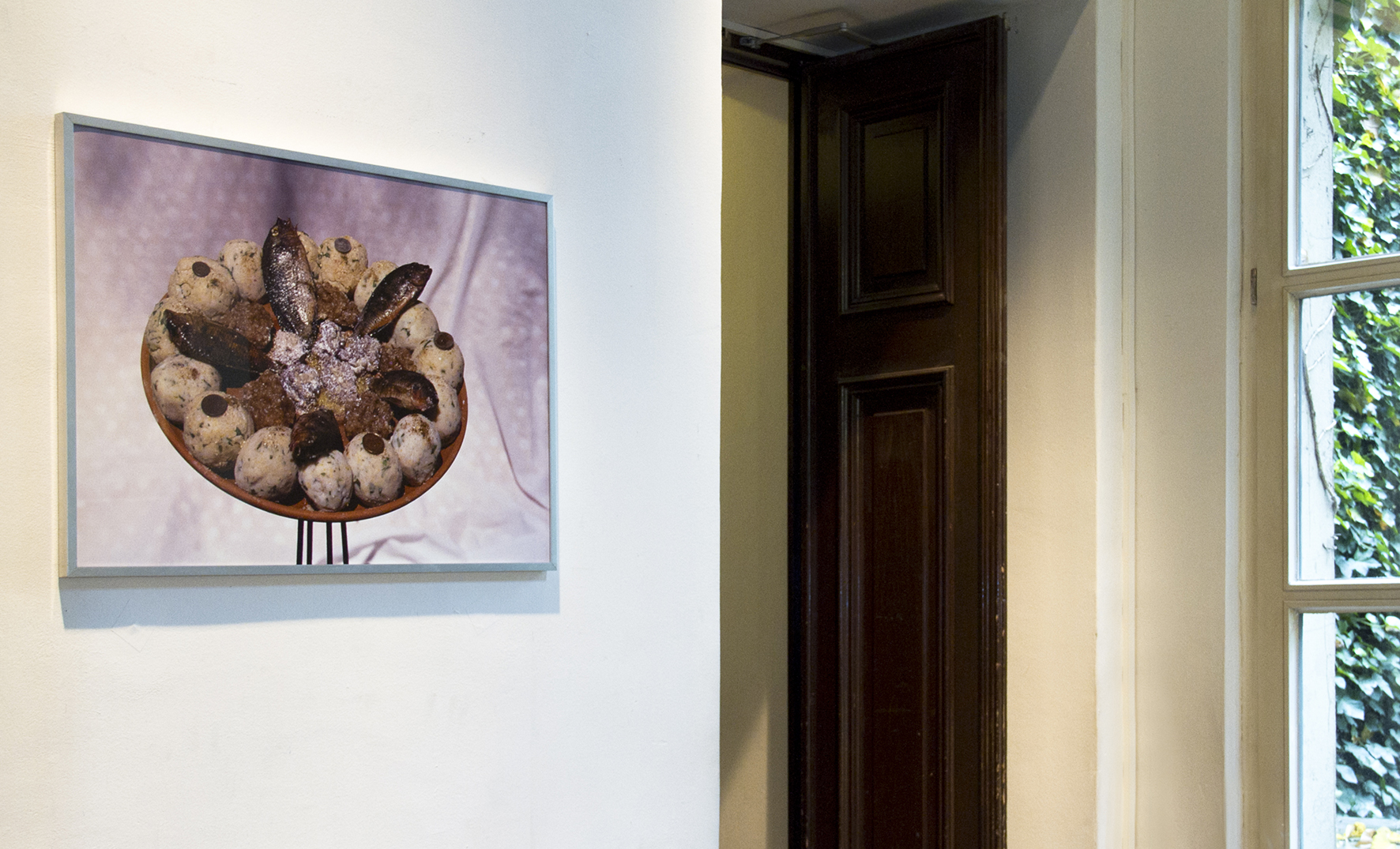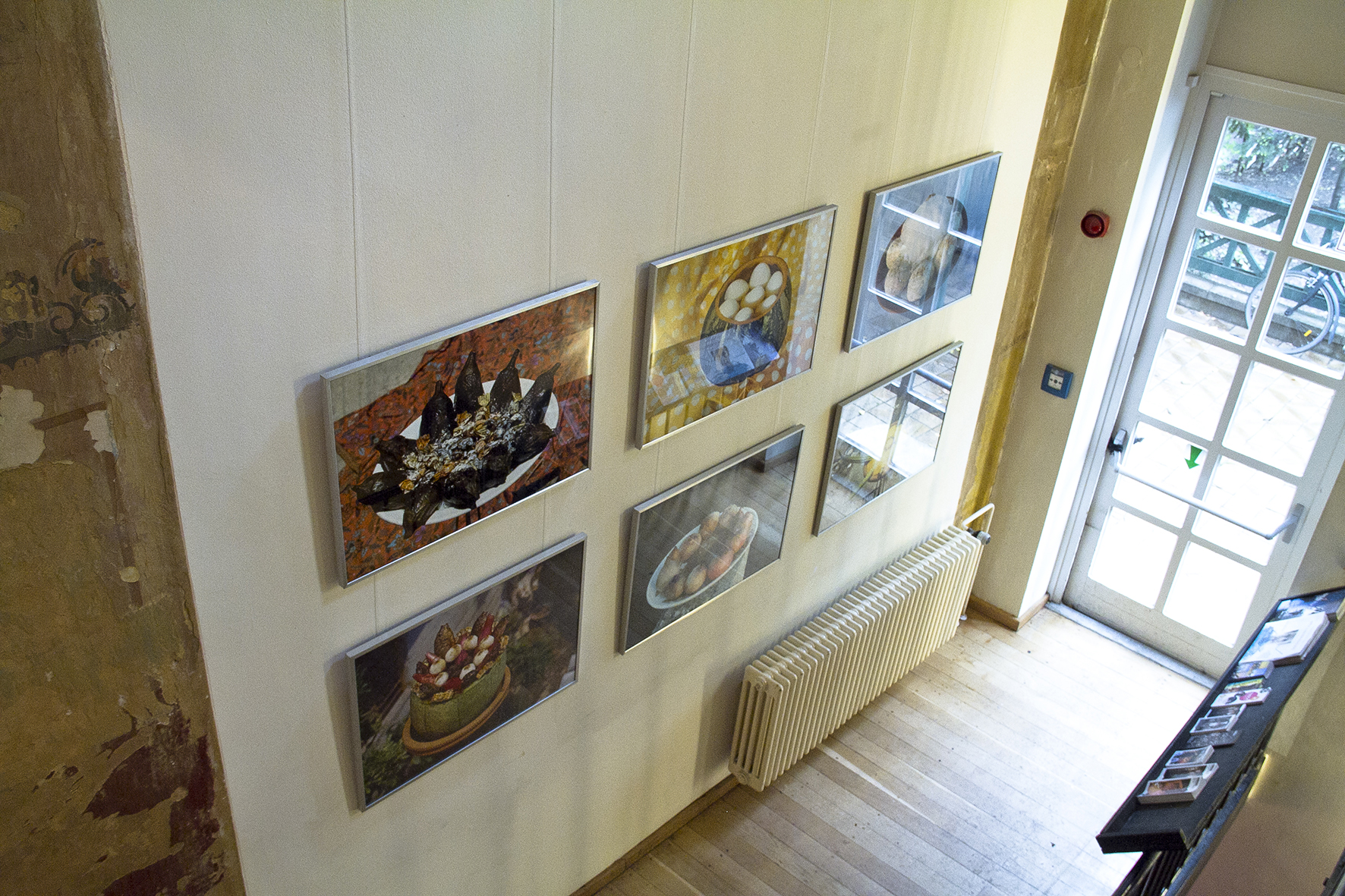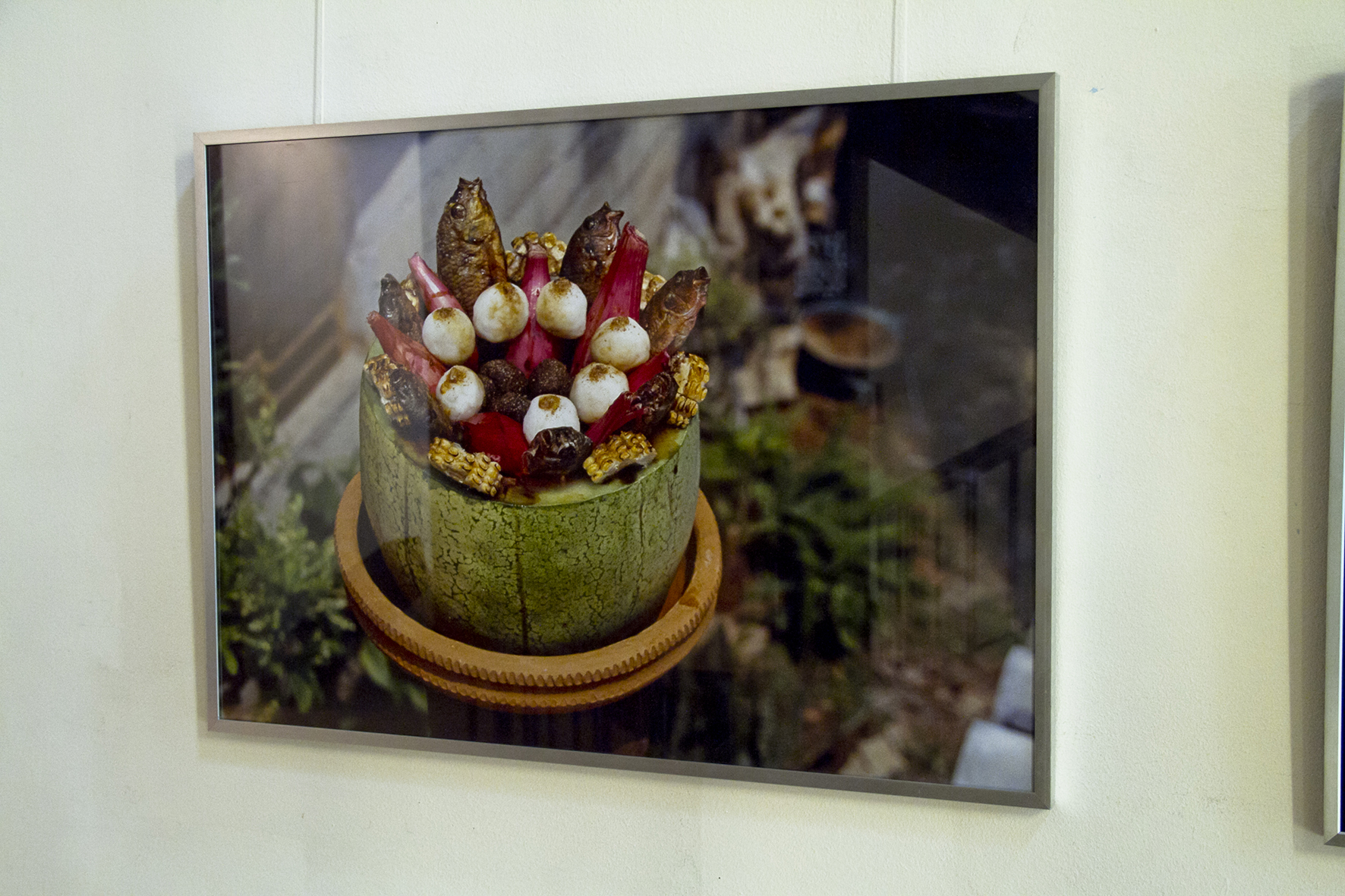Platos para los muertos
/Dishes for the dead
color analog photos, 2005
The photographic series Platos para los muertos (dishes for the dead) reflects on the integration of the Afro-Cuban religion “Santeria” into material reality. The ritual becomes every day life and every day life becomes the ritual, mutually supporting each other.
These offerings or “Addimu” are a faithful testimony of the Afro-Cuban cultural resistance, which has survived in its successive centuries of existence: Spanish colonialism, republican oppression and, finally, the first three decades of prohibition of any religious practice during the Cuban socialist revolution.
In the elaboration of these dishes, the great variety of European, Chinese and local or typical of South America ingredients reveals all the historical process of religious syncretism carried out by slaves and Afro-descendants on the island.
Starting from my experience as a religious practitioner of Santeria and following the indications of the OBA ECUM book, where some traditional recipes, until recently, were kept secret, I have elaborated some of the dishes for the different saints (Orishas), in a very personal way, with the objective of documenting them photographically.
This set of photographs show some of the different types of ritual dishes or Addimu, which are offered to the saints of the Yoruba pantheon, as an expression of the believer’s love, who wishes to communicate with the divinity and revere it.
These dishes are usually connected to a certain wish or request and are offered during a specific ceremony. All this happens in the domestic interior space, because in Cuba there are no buildings with a specific architecture to function as Afro-Cuban religious temples.
It is uncommon and unfamiliar to Western cultures that in Cuba spirits, gods and the dead have existence and presence. One celebrates, dances and converses with them.
This special legal opening to the different religious beliefs that coexist in Cuba today takes place after the visit to Cuba of Pope John Paul II in January 1998, who demanded «that Cuba opens up to the world and the world to Cuba».
